1. The Graduate (1967)
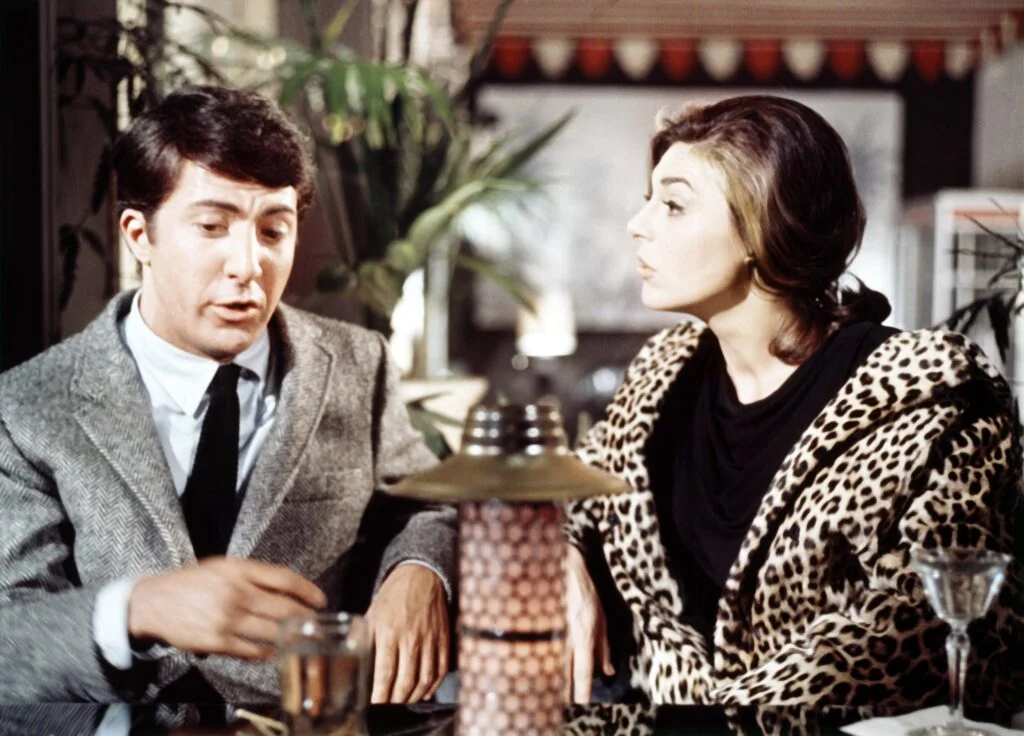
When The Graduate hit theaters, audiences thought they were getting a quirky romantic comedy. What they got instead was a bold, satirical look at generational disconnect, disillusionment, and the uncertainty of adulthood. Dustin Hoffman’s awkward yet relatable Benjamin was unlike the typical Hollywood leading man, breaking the mold of suave heroes. The film’s use of Simon & Garfunkel’s music as an emotional undercurrent was revolutionary for the time.
Mike Nichols’ directing gave it a modern, almost European sensibility that Hollywood wasn’t used to seeing. Themes of alienation and rebellion resonated with young audiences navigating a rapidly changing world. It wasn’t just a hit, it became a cultural touchstone. Suddenly, movies didn’t have to follow the traditional “boy meets girl” formula to make an impact.
2. Psycho (1960)
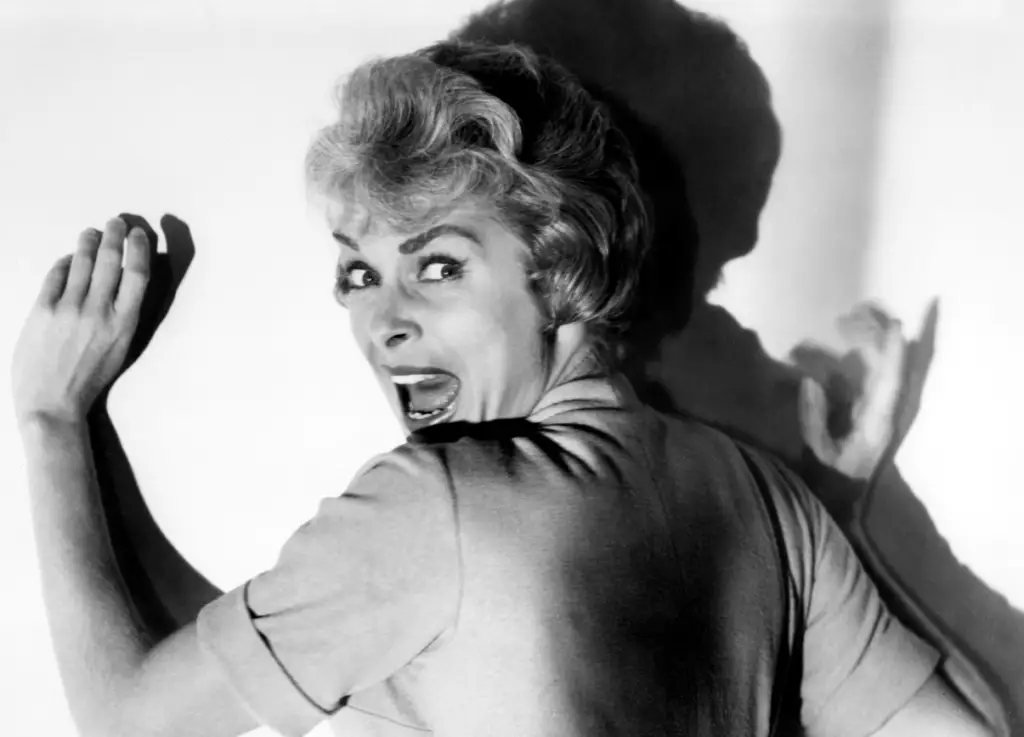
When Alfred Hitchcock released Psycho, he upended nearly every cinematic rule in place. He killed off his leading lady, Janet Leigh, less than halfway into the movie, leaving audiences stunned. The infamous shower scene was unlike anything people had seen before, using quick cuts and shrieking violins to terrify without showing much blood. Hitchcock’s decision to keep the film’s ending a secret and control theater entry times was also groundbreaking.
It wasn’t just a thriller, it was a psychological experiment in audience manipulation. The stark black-and-white cinematography gave it a gritty realism that made the horror feel closer to home. Anthony Perkins’ Norman Bates blurred the line between villain and victim, paving the way for more complex antagonists. It’s no wonder it changed the entire horror genre.
3. Easy Rider (1969)
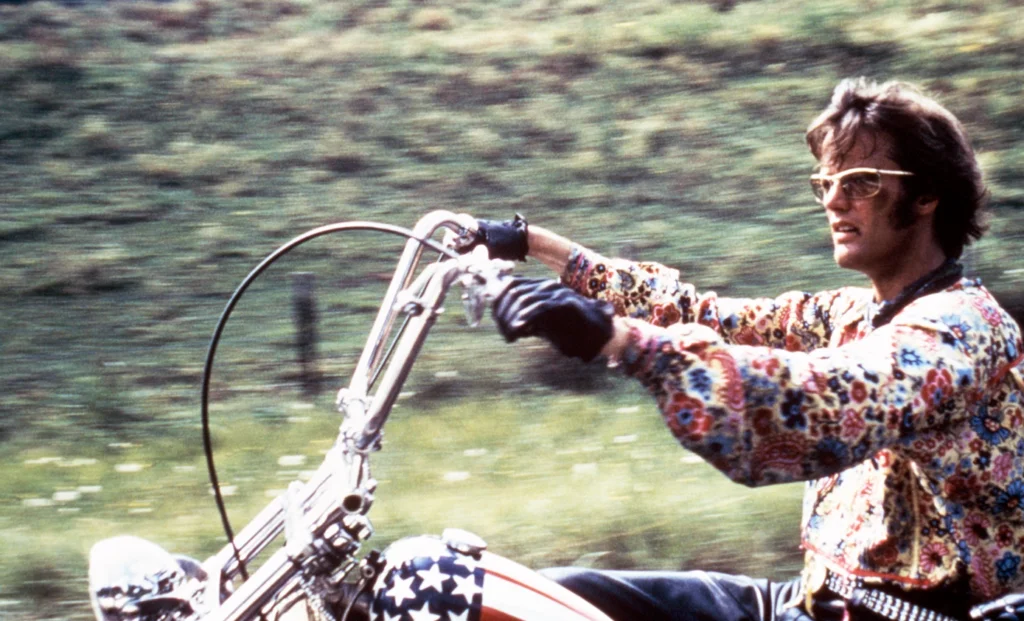
Easy Rider wasn’t just a road movie, it was a manifesto for a generation. With its counterculture spirit, improvised dialogue, and rock soundtrack, it captured the restless energy of the late ’60s. Dennis Hopper and Peter Fonda’s journey across America wasn’t glamorous—it was raw, messy, and often disillusioning. The film’s unflinching look at societal divisions and intolerance hit hard during a time of political and cultural upheaval.
Its low budget and unconventional production style proved that you didn’t need a major studio to make a hit. The use of real locations, natural lighting, and non-actors gave it a documentary-like authenticity. Its shocking ending cemented its reputation as a bold break from Hollywood conventions. In many ways, it opened the door for the New Hollywood movement of the 1970s.
4. Bonnie and Clyde (1967)
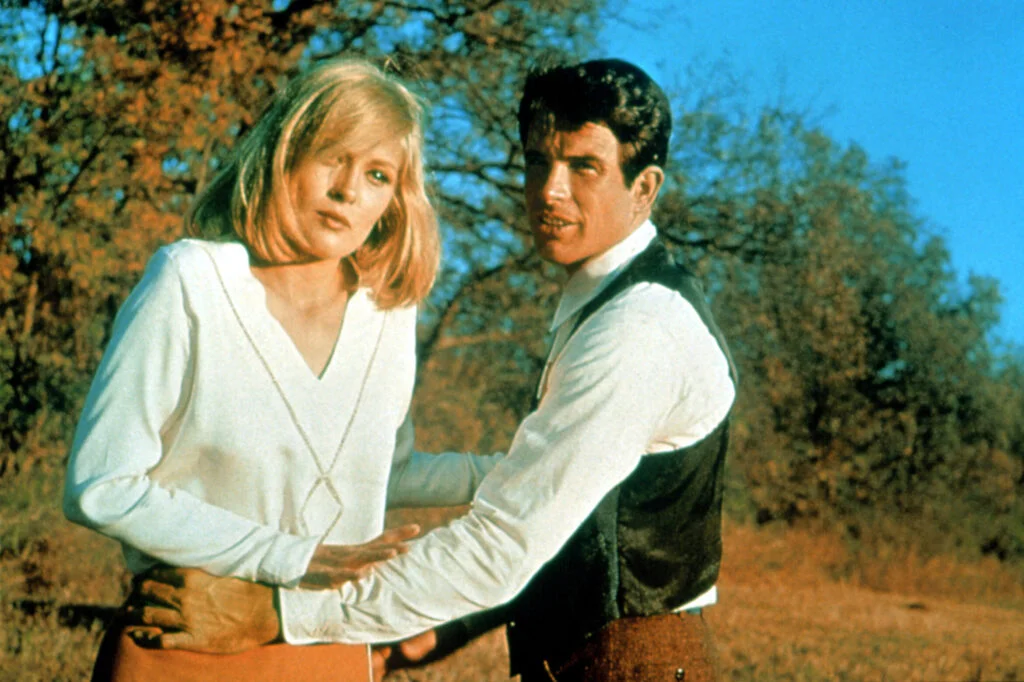
At first glance, Bonnie and Clyde seemed like a stylish crime romance, but it shocked audiences with its graphic violence and moral ambiguity. Warren Beatty and Faye Dunaway made the outlaw duo dangerously charming, even though they were robbing banks. Arthur Penn’s direction mixed glamorous imagery with sudden, jarring bursts of brutality. The slow-motion, blood-splattered finale was unlike anything Hollywood had dared to show before.
It challenged the Production Code’s restrictions and pushed the industry toward a more adult, realistic approach to storytelling. Critics were initially divided, but younger viewers embraced its rebellious streak. The film’s fusion of French New Wave techniques with classic American storytelling made it a cinematic milestone. It was stylish, shocking, and surprisingly thought-provoking.
5. 2001: A Space Odyssey (1968)

Stanley Kubrick’s 2001: A Space Odyssey wasn’t just a science fiction movie, it was a full-blown visual and philosophical experience. With minimal dialogue and long, meditative sequences, it asked audiences to think deeply about humanity’s place in the universe. The groundbreaking special effects were so convincing, NASA reportedly received calls asking if it had helped make the film.
Kubrick’s collaboration with Arthur C. Clarke produced a story that blended science, art, and mystery in a way no one had attempted before. Its ambiguous ending sparked endless debate, proving that mainstream movies could leave questions unanswered. The meticulous attention to scientific accuracy set a new standard for the genre. Even decades later, it still feels ahead of its time.
6. Who’s Afraid of Virginia Woolf? (1966)
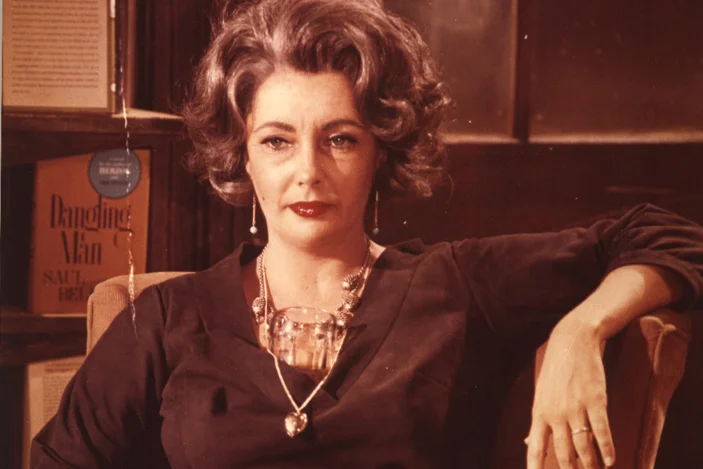
Elizabeth Taylor and Richard Burton’s volatile performances in Who’s Afraid of Virginia Woolf? brought an intensity to the screen that was almost uncomfortable to watch. Adapted from Edward Albee’s play, it didn’t shy away from emotional cruelty, marital dysfunction, or raw language. The film’s frankness was so shocking that it played a key role in dismantling the old Hollywood Production Code.
Director Mike Nichols captured the claustrophobic tension with unflinching realism. The combination of theatrical dialogue and cinematic intimacy created something entirely new. Taylor’s transformation from glamorous star to embittered, broken wife was stunning. It showed that movies could deal with adult themes in a brutally honest way.
7. West Side Story (1961)
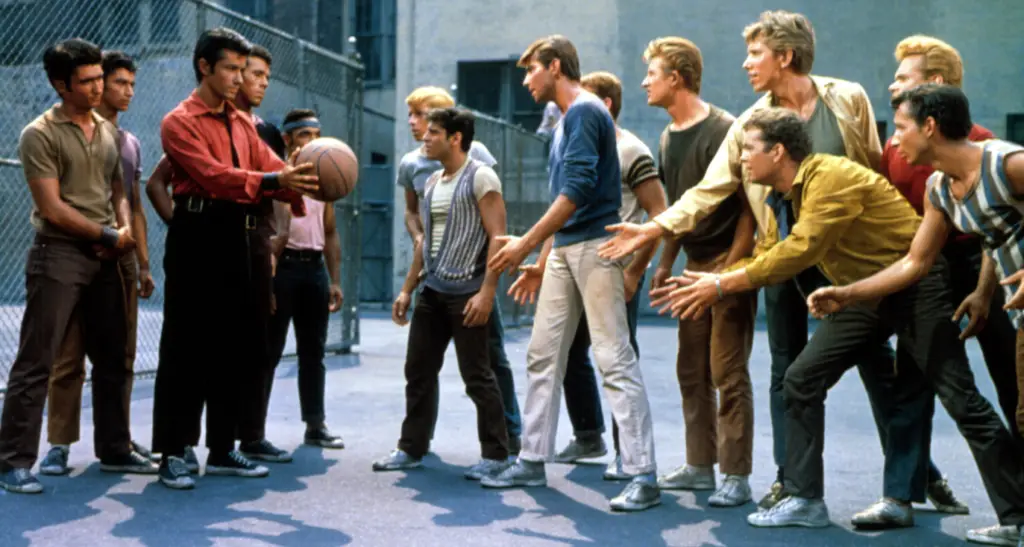
On paper, West Side Story was just a musical retelling of Romeo and Juliet, but its execution was groundbreaking in scope and style. Jerome Robbins and Robert Wise brought dance to the streets, infusing the choreography with raw energy and realism. The film tackled racism, immigration, and gang violence in a way that was rare for Hollywood musicals.
Leonard Bernstein’s score and Stephen Sondheim’s lyrics elevated the emotional impact of the story. The cinematography’s vibrant colors contrasted sharply with the story’s tragic ending, making it even more powerful. It proved that musicals could handle serious, socially relevant material. It was beautiful, heartbreaking, and unforgettable.
8. Midnight Cowboy (1969)
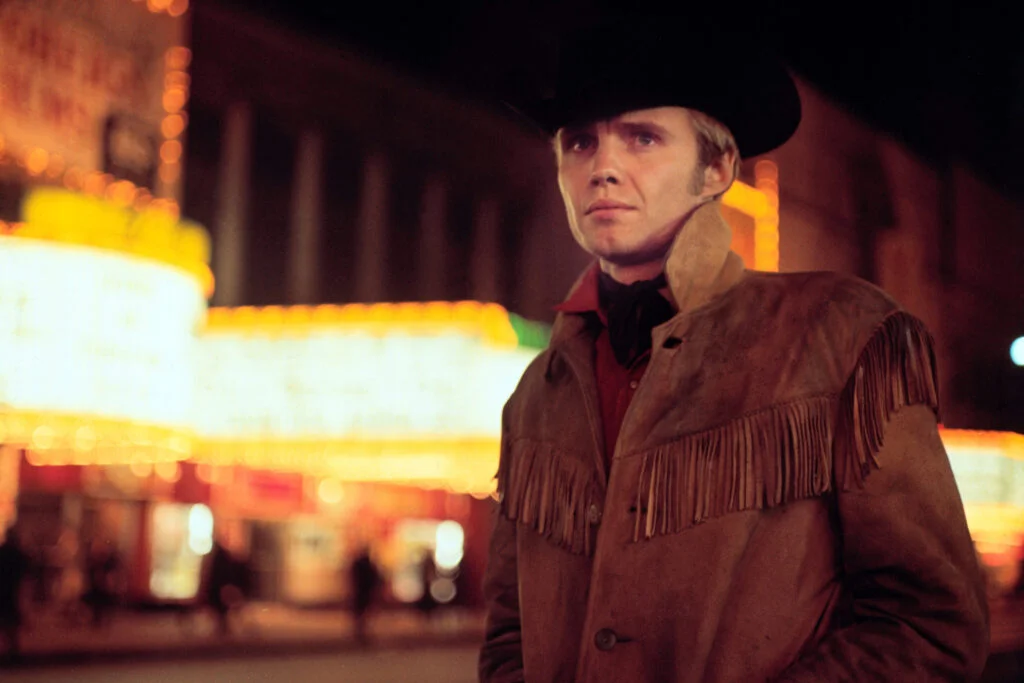
When Midnight Cowboy was released, no one expected a gritty drama about male friendship and survival to win Best Picture. The X-rated label alone made it seem like a niche film, yet it resonated deeply with audiences. Jon Voight and Dustin Hoffman delivered performances that felt heartbreakingly real.
The film’s depiction of poverty, loneliness, and urban decay was unvarnished and often uncomfortable. Director John Schlesinger used flashbacks and dream sequences in a way that was unconventional for American cinema at the time. The friendship between Ratso and Joe defied macho stereotypes, showing vulnerability and tenderness. It broke boundaries in both subject matter and style.
9. Dr. Strangelove or: How I Learned to Stop Worrying and Love the Bomb (1964)
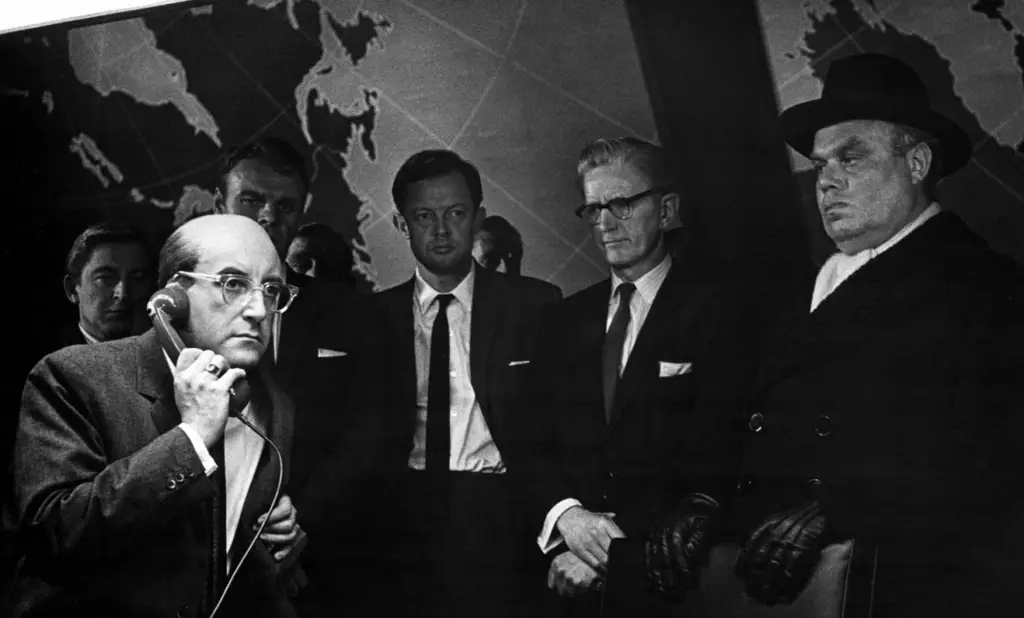
Stanley Kubrick took the terrifying possibility of nuclear annihilation and turned it into one of the sharpest comedies ever made. Dr. Strangelove was biting satire at its finest, skewering politics, military arrogance, and Cold War paranoia. Peter Sellers’ multiple roles added layers of absurdity without losing the underlying tension.
The film dared to laugh at a subject most people feared to even discuss openly. Its dark humor influenced political satire for decades to come. Kubrick’s use of stark black-and-white visuals heightened the sense of both realism and surrealism. It showed that comedy could be used as a powerful tool to explore existential dread.
10. Lawrence of Arabia (1962)
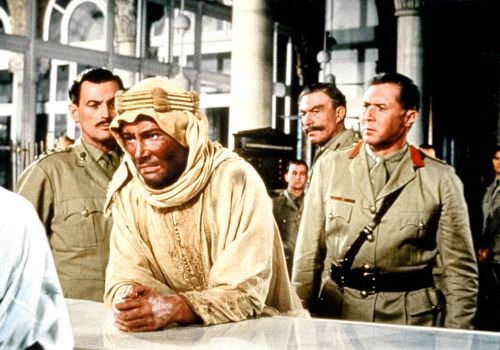
David Lean’s Lawrence of Arabia was an epic in every sense of the word, but it also broke new ground in storytelling and cinematography. The film’s sweeping desert landscapes were breathtaking, shot in 70mm for maximum impact. Peter O’Toole’s portrayal of T.E. Lawrence was layered and ambiguous, blurring the line between heroism and vanity.
The script refused to give simple answers about colonialism, loyalty, or personal identity. Maurice Jarre’s score became instantly iconic, perfectly matching the grandeur of the visuals. Its refusal to fit neatly into the category of war film, adventure, or biography made it unique. It was as much about inner conflict as it was about battles.
11. A Hard Day’s Night (1964)
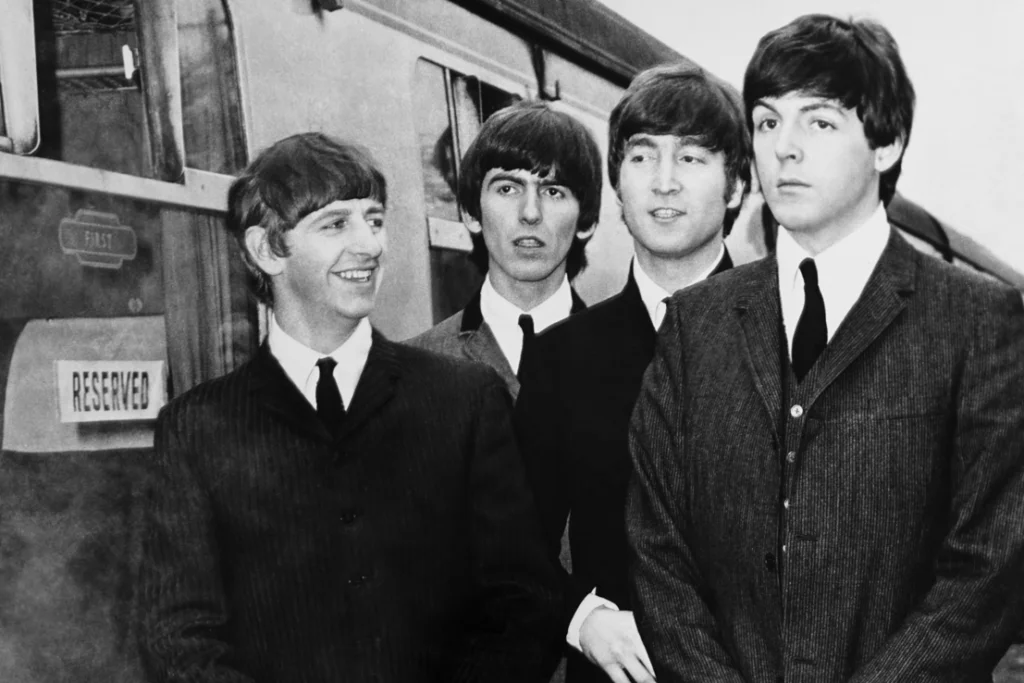
When The Beatles made A Hard Day’s Night, no one expected a mere “rock band movie” to influence filmmaking. Richard Lester’s fast-paced, improvisational style captured the chaotic charm of Beatlemania. The handheld camerawork and quick editing gave it a documentary feel that was rare for musicals.
Instead of a thin plot, it embraced the band’s personalities and humor, making it feel authentic. It was a celebration of youth culture without being condescending. The film’s playful energy inspired countless music videos and concert films. Even critics who weren’t Beatles fans praised its innovation.
12. The Manchurian Candidate (1962)
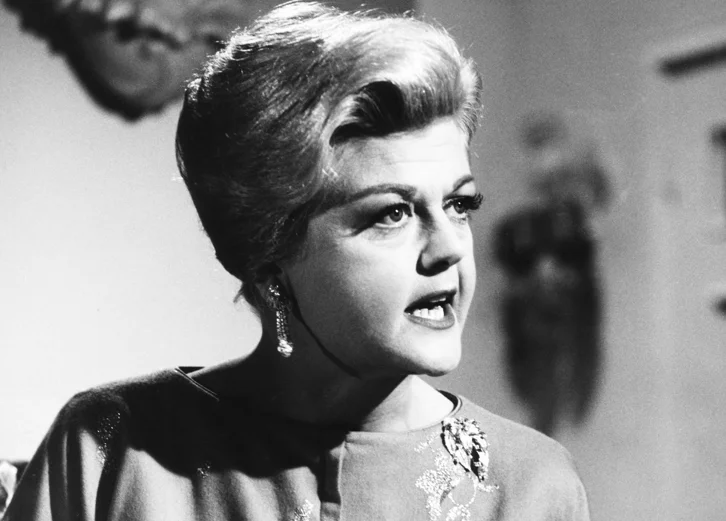
The Manchurian Candidate was a Cold War thriller that dared to explore the unsettling concept of brainwashing and political assassination. John Frankenheimer’s direction kept the tension high, blending psychological drama with political intrigue. Angela Lansbury’s chilling performance as the manipulative mother still stands as one of cinema’s most shocking roles.
Its surreal dream sequences were bold for a mainstream thriller in the early ’60s. The story tapped into very real fears about loyalty and control during the Cold War. It was ahead of its time in its cynicism about politics. Even decades later, it still feels relevant and unsettling.
13. Guess Who’s Coming to Dinner (1967)
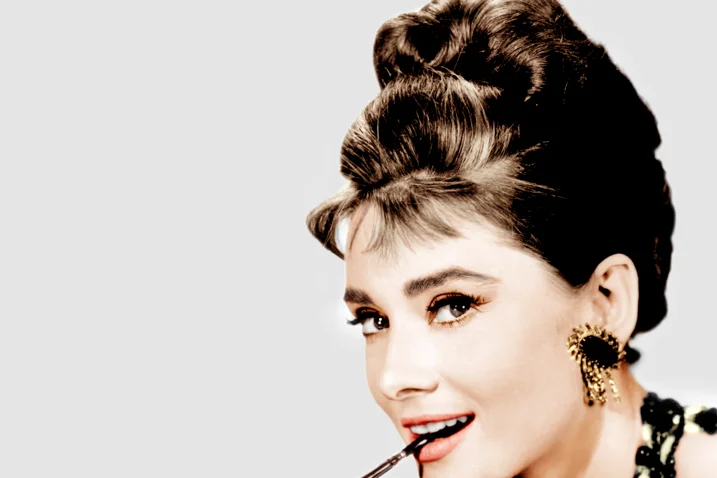
In an era when interracial marriage was still illegal in parts of the U.S., Guess Who’s Coming to Dinner tackled the subject head-on. Spencer Tracy, Katharine Hepburn, and Sidney Poitier brought warmth and intelligence to a story that could have easily felt preachy. The film presented its message through intimate family conversations rather than grand speeches.
Director Stanley Kramer gave audiences a reason to reflect on their own biases. It wasn’t just about the couple, but about generational change and personal growth. The movie’s hopeful tone made it accessible without diluting its social message. Its impact went far beyond the screen.


